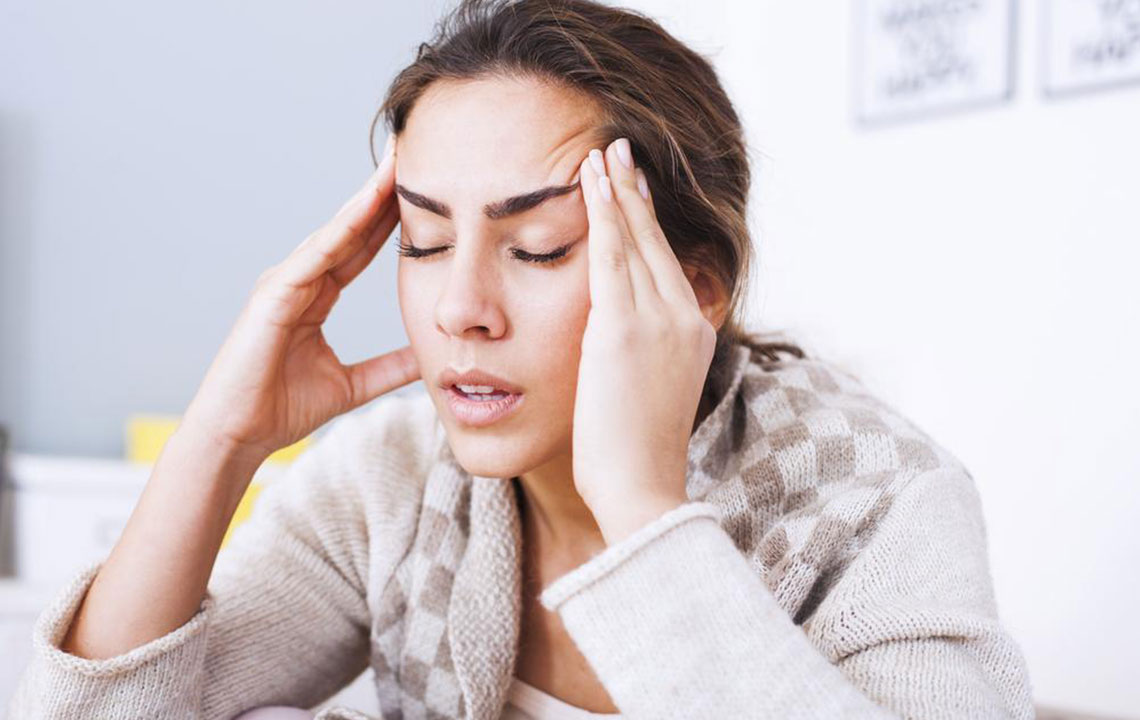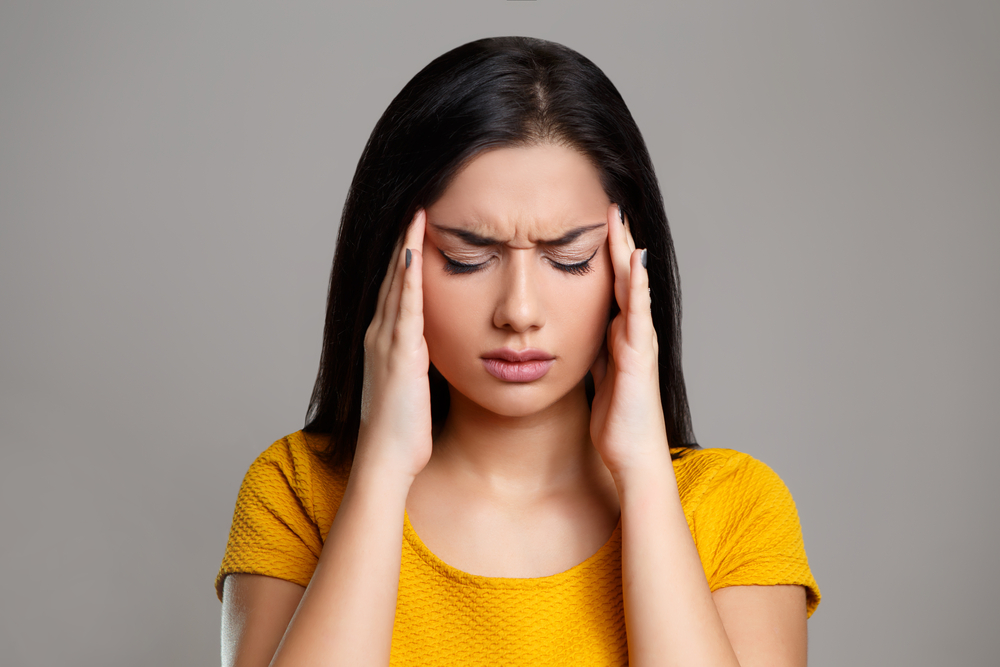Comprehensive Guide to the Top 12 Causes of Migraines and How to Manage Them
This comprehensive guide explores the top 12 causes of migraines and offers extensive strategies to prevent and manage them. From dietary triggers to environmental factors, learn how lifestyle adjustments can significantly improve life quality and reduce migraine episodes. Empower yourself with knowledge to effectively control this prevalent condition and enjoy a healthier, headache-free life.

Comprehensive Guide to the Top 12 Causes of Migraines and How to Manage Them
Migraines are a prevalent neurological condition affecting millions worldwide, yet they remain somewhat mysterious despite significant scientific research. According to the Migraine Research Foundation, approximately 25% of households include someone experiencing migraines, which can severely impact daily life, productivity, and overall well-being. Interestingly, about 10% of children nationwide also endure migraines, underscoring the importance of understanding this condition across all age groups.
Although we've made considerable progress in understanding migraines, they are still not fully understood. One of the primary theories is that migraines are triggered by various sensory stimuli, but these triggers can differ significantly from person to person. Recognizing your specific triggers is essential in managing and reducing the frequency and severity of migraine attacks. Proper identification and lifestyle adjustments can pave the way toward a more comfortable, headache-free life.
This in-depth guide elaborates on the top 12 factors known to trigger migraines, providing practical advice on how to minimize exposure and better manage symptoms. From dietary triggers to environmental factors, understanding these elements can empower sufferers to take control of their condition, leading to improved health outcomes and enhanced quality of life.
Dietary Triggers: Certain foods and beverages are well-documented triggers for migraines. Foods with strong flavors or strong scents—such as aged cheeses, chocolate, cured meats, and processed foods containing additives like monosodium glutamate (MSG) or artificial sweeteners—may provoke attacks. It’s crucial for migraine sufferers to read food labels carefully, avoid known culprits, and maintain a food journal to track potential dietary triggers. Incorporating a balanced diet rich in fresh fruits, vegetables, and lean proteins can help reduce susceptibility.
Weather Changes: Fluctuations in weather patterns, including shifts in temperature, humidity, and barometric pressure, have been linked to migraines. Moving to a different climate or experiencing rapid weather changes can set off symptoms in sensitive individuals. While weather patterns are largely uncontrollable, being aware of these triggers and preparing accordingly—such as staying indoors during storms or sudden temperature drops—can be beneficial.
Stress and Emotional Factors: Stress remains one of the most common migraine triggers, with nearly 70% of sufferers citing stress as a major factor. Chronic stress can contribute to muscular tension and hormonal imbalances that precipitate migraines. Employing stress management techniques such as acupuncture, meditation, deep breathing exercises, or engaging in hobbies can significantly lessen attack frequency and severity.
Hormonal Fluctuations: Women are more prone to migraines linked to hormonal changes, especially during menstrual cycles, pregnancy, or menopause. Fluctuations in estrogen levels can influence vascular activity in the brain, leading to migraines. Utilizing hormonal therapies or contraceptives under medical supervision may help stabilize hormonal levels and reduce the incidence of migraines.
Environmental Odors: Strong or unpleasant smells from perfumes, cigarette smoke, cleaning chemicals, or industrial fumes can trigger migraines in sensitive individuals. If exposure to such odors is unavoidable, wearing nose masks or avoiding highly scented environments can offer relief and prevent attack onset.
Light Sensitivity: Bright or flickering lights often cause migraines and photophobia, making exposure detrimental. Wearing sunglasses outdoors, using dim or warm lighting indoors, and avoiding staring at screens for prolonged periods can help control symptoms and prevent attacks.
Loud Noises: Noisy environments with high decibel levels are common migraine triggers. Earplugs or noise-canceling headphones can be useful when visiting busy public places or events, minimizing sensory overload and reducing risk.
Caffeine and Alcohol: Both substances can be a double-edged sword. While small amounts of caffeine may sometimes alleviate migraine pain, excessive consumption or withdrawal from caffeine can trigger attacks. Similarly, alcohol, especially red wine and beer, can cause neurological changes leading to migraines. Limiting or avoiding these substances is advisable for sensitive individuals.
Dehydration: Inadequate hydration is a frequent but often overlooked trigger. Hot weather, vigorous exercise, alcohol consumption, and insufficient fluid intake can all lead to dehydration, which exacerbates migraines. Carrying water during daily activities, especially in hot environments, can help prevent dehydration-induced attacks.
Sleep Patterns and Fatigue: Irregular sleep schedules, insufficient rest, or oversleeping can disturb hormonal and neurological balance, increasing migraine risk. Maintaining a consistent sleep routine—going to bed and waking up at the same time every day—can greatly reduce episodes. Creating a restful sleeping environment free of screens, noise, and bright lights is also recommended.
Medication Overuse: Paradoxically, frequent use of certain pain medications to treat migraines can lead to rebound headaches or medication-overuse headaches. Consulting healthcare providers to establish appropriate medication use and exploring alternative therapies such as physical therapy or biofeedback can help prevent this issue.
Physical Exertion and Strain: While exercise is generally beneficial, intense or unaccustomed physical activity—especially without proper hydration—can trigger migraines. Gradually increasing activity levels, staying well-hydrated, and including rest periods during exercise can mitigate this risk and promote overall health.
Overall, understanding the complex web of factors that can trigger migraines allows sufferers to take proactive measures. Lifestyle modifications, proper stress management, dietary awareness, and environmental controls can significantly reduce the frequency and severity of attacks. While migraines may be a chronic condition for many, adopting these strategies offers hope for improved quality of life, less suffering, and greater daily comfort. Consulting with healthcare professionals for personalized management plans is highly recommended to effectively navigate this often challenging condition.





